Vasily Vasilievich Vereshagin (Also spelled Vereschagin or Vereshchagin) (1842-1904)
Get a Vasily Vasilievich Vereshagin (Also spelled Vereschagin or Vereshchagin) (1842-1904) Certificate of Authenticity for your painting (COA) for your Vasily Vasilievich Vereshagin (Also spelled Vereschagin or Vereshchagin) (1842-1904) drawing.
For all your Vasily Vasilievich Vereshagin (Also spelled Vereschagin or Vereshchagin) (1842-1904) artworks you need a Certificate of Authenticity (COA) in order to sell, to insure or to donate for a tax deduction.
Getting a Vasily Vasilievich Vereshagin (Also spelled Vereschagin or Vereshchagin) (1842-1904) Certificate of Authenticity (COA) is easy. Just send us photos and dimensions and tell us what you know about the origin or history of your Vasily Vasilievich Vereshagin (Also spelled Vereschagin or Vereshchagin) (1842-1904) painting or drawing.
If you want to sell your Vasily Vasilievich Vereshagin (Also spelled Vereschagin or Vereshchagin) (1842-1904) painting or drawing use our selling services. We offer Vasily Vasilievich Vereshagin (Also spelled Vereschagin or Vereshchagin) (1842-1904) selling help, selling advice, private treaty sales and full brokerage.
We have been authenticating Vasily Vasilievich Vereshagin (Also spelled Vereschagin or Vereshchagin) (1842-1904) and issuing certificates of authenticity since 2002. We are recognized Vasily Vasilievich Vereshagin (Also spelled Vereschagin or Vereshchagin) (1842-1904) experts and Vasily Vasilievich Vereshagin (Also spelled Vereschagin or Vereshchagin) (1842-1904) certified appraisers. We issue COAs and appraisals for all Vasily Vasilievich Vereshagin (Also spelled Vereschagin or Vereshchagin) (1842-1904) artworks.
Our Vasily Vasilievich Vereshagin (Also spelled Vereschagin or Vereshchagin) (1842-1904) paintings and drawings authentications are accepted and respected worldwide.
Each COA is backed by in-depth research and analysis authentication reports.
The Vasily Vasilievich Vereshagin (Also spelled Vereschagin or Vereshchagin) (1842-1904) certificates of authenticity we issue are based on solid, reliable and fully referenced art investigations, authentication research, analytical work and forensic studies.
We are available to examine your Vasily Vasilievich Vereshagin (Also spelled Vereschagin or Vereshchagin) (1842-1904) painting or drawing anywhere in the world.
You will generally receive your certificates of authenticity and authentication report within two weeks. Some complicated cases with difficult to research Vasily Vasilievich Vereshagin (Also spelled Vereschagin or Vereshchagin) (1842-1904) paintings or drawings take longer.
Our clients include Vasily Vasilievich Vereshagin (Also spelled Vereschagin or Vereshchagin) (1842-1904) collectors, investors, tax authorities, insurance adjusters, appraisers, valuers, auctioneers, Federal agencies and many law firms.
Do you think you may own a painting by Joseph Vereshagin? We authenticate, appraise and issue Certificates of Authenticity (COA) and provide consultations for all paintings by Joseph Vereshagin.
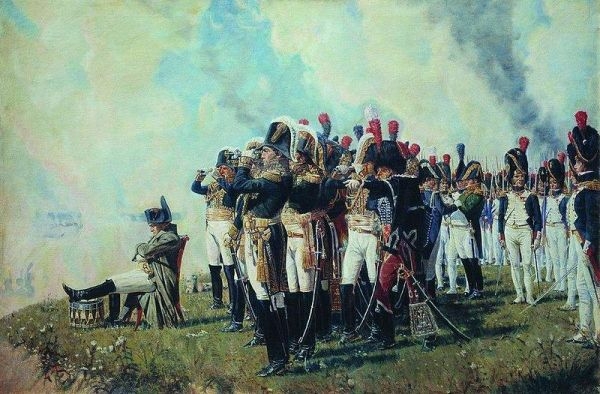
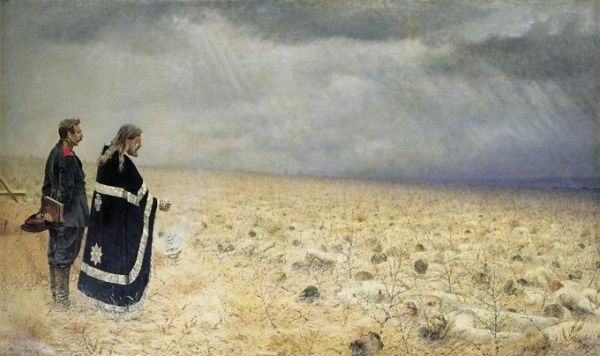
Vereshagin was a 19th century, Russian painter, known for his realistic history paintings and battle scenes. Vereshagin was a critic of war and violence and tried to show the destructive results of battle in his paintings.

Vereshagin was born into a wealthy family in Cherepovets, Russia. At a young age Vereshagin was sent to the military training program, the Alexander Cadet School in Saint Petersburg. Vereshagin excelled in school and enrolled in the Naval Academy. While Vereshagin did well in naval training, his interest in the arts began to outshine his interest in the military. Vereshagin started his artistic training by taking night classes at the Saint Petersburg Academy of the Arts. After graduating from the Naval Academy, Vereshagin became a full-time art student.
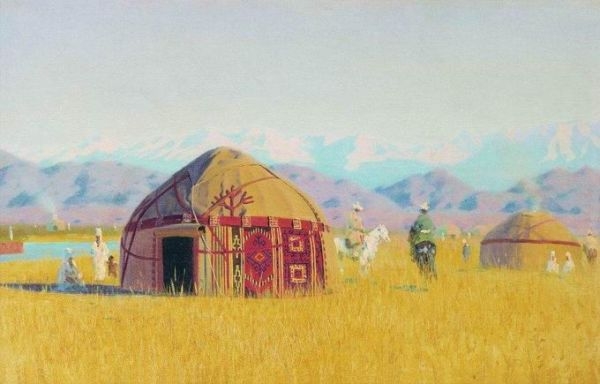
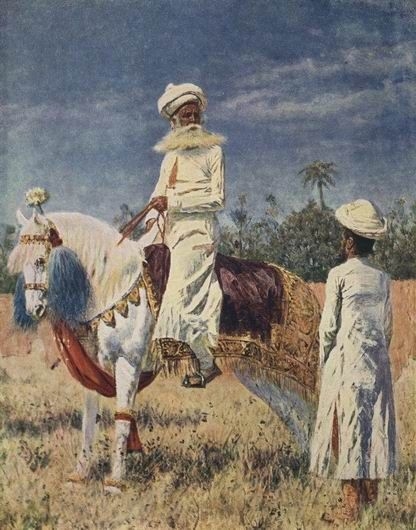
Vereshagin became dissatisfied with the rigid structure of the painting program in Russia and decided to transfer to the Academie des Beaux-Arts in Paris in 1864. In Paris Vereshagin was able to study under Jean Leon Gerome, who held a strong reputation in the art world.
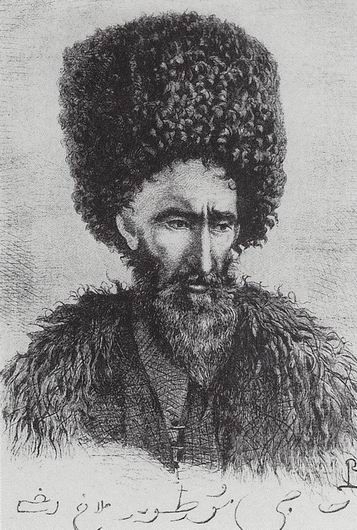
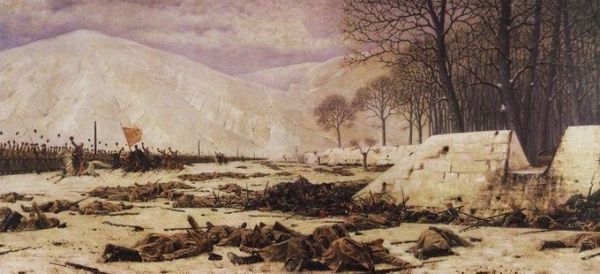
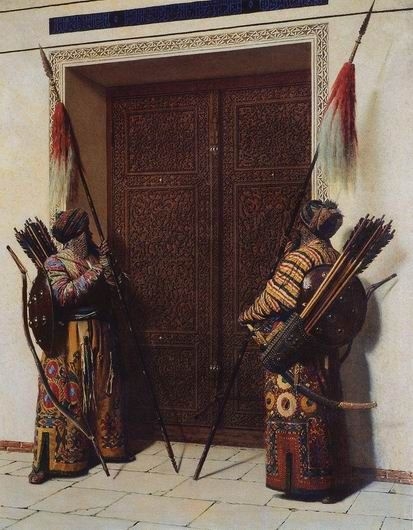
In search of a more exotic source of inspiration Vereshagin travelled to Caucasus, where he made numerous sketches of the people and culture. In 1867, Vereshagin continued to travel as a volunteer for the Russian army. Vereshagin was stationed in Turkestan, present day Kazakhstan, Turkmenistan and Uzbekistan. Vereshagin was awarded with the highest military decoration under the order of St. George.
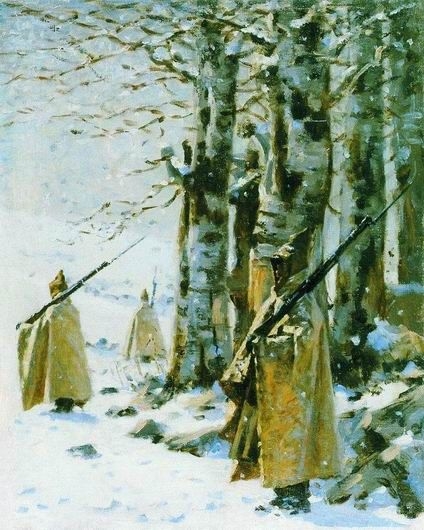
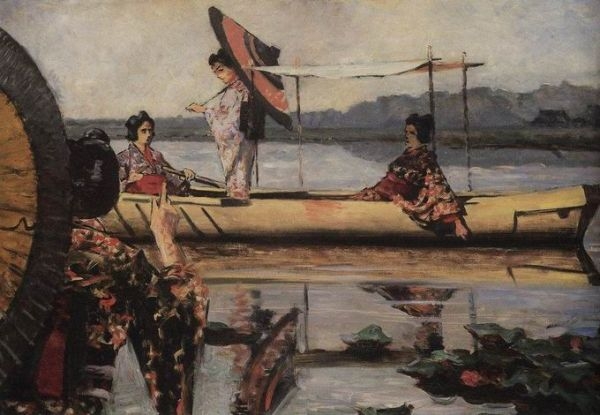

After completing his service, Vereshagin painted the war-based series, Rejoicing and Presenting the Trophies, in which Muslims boast decapitated heads of Russian soldiers. While Vereshagin meant for his paintings to be factual representations of the battles he had encountered, Russian authorities and commanders criticized his work as for being unpatriotic. Vereshagin was forced to destroy some of his more controversial work.
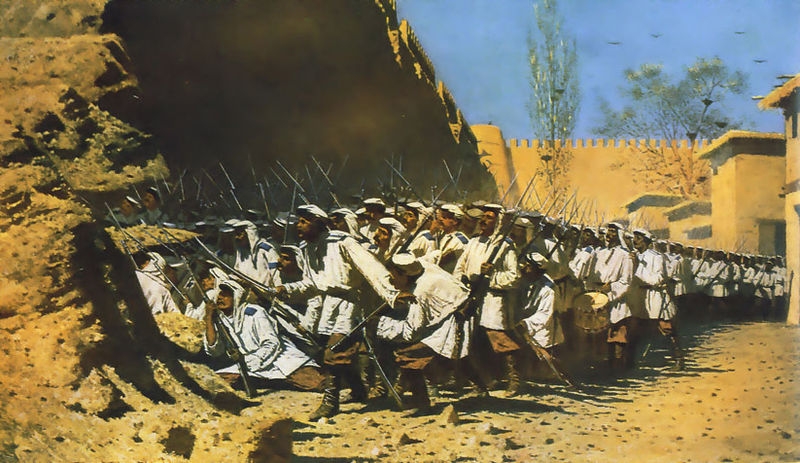

Despite Vereshagin’s opposition to war, he served a second time from 1877-78, in the Russo-Turkish war on the Balkan Peninsula. After fulfilling his military duty, Vereshagin again painted a series depicting his experiences in battle. The Balkan series was even more controversial and critical than his prior work. Alexander II greatly despised Vereshagin’s work and forced him to leave the country. Vereshagin proceeded to travel to India, where he depicted the negative implications of British colonialism. Vereshagin also travelled to Syria and Palestine, making work that was condemned by Catholic churches.
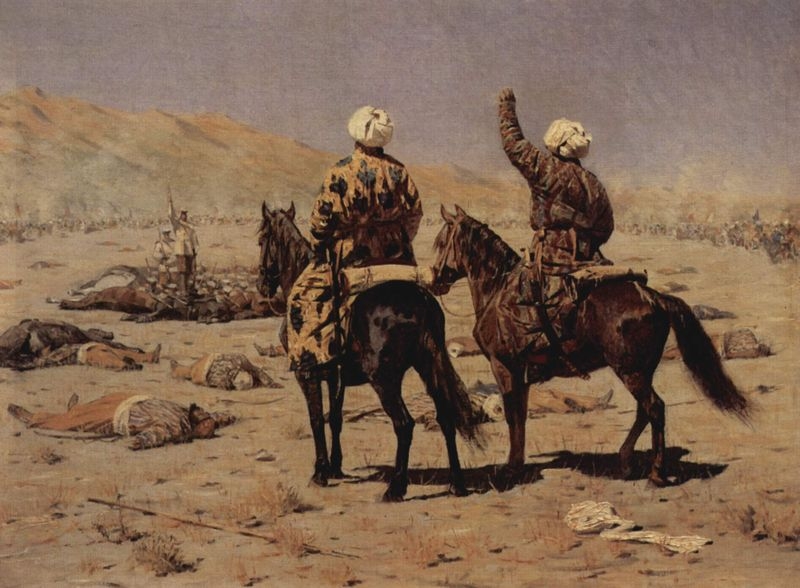
By the 1890s Vereshagin was able to return to Russia and settled in Moscow. Vereshagin set up a studio and began a series documenting Napoleon’s unsuccessful Russian campaign and the War of 1812. After re-establishing himself as an artist in Russia, Vereshchagin began to travel again, journeying to the Philippines, the United States, Cuba, and Japan. Vereshagin’s life ended overseas during the Russo-Japanese war, when Vereshagin’s ship was wrecked after hitting a mine.

Vereshagin is one of the most important Russian realist artists of the 19th century. The controversial artist’s work is now in Russian museums and private collections. Do you think you own a painting by Vasily Vereshagin? Contact us. We are the experts on Vasily Vereshagin.
Reviews
1,217 global ratings
5 Star
4 Star
3 Star
2 Star
1 Star
Your evaluation is very important to us. Thank you.
